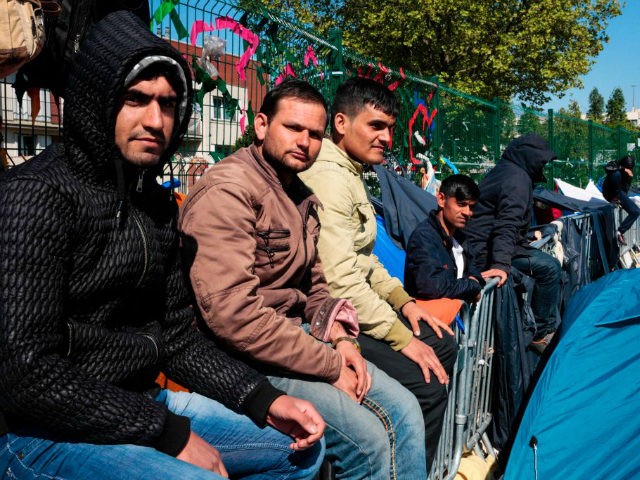France Stratégie, a group affiliated with the French Prime Minister’s Office, has released data showing the growth in numbers of non-European migrant children in French urban areas. In one notable example, greater Paris saw a rise of 6.5 per cent in 1968 to 36.6 per cent in 2015.
The group released the figures in an interactive form on its website which shows a variety of factors, including the percentage of children from birth to 18 who are either foreign-born or have at least one non-European parent. The release is extraordinary as the French government does not normally publish — or even officially collect — much in the way of statistics that relate to race or demographics, in line with French law.
The website defines the category as a “person aged 0 to 18, immigrant of non-European origin or identified as a child in a household in which the reference person and/or his spouse is immigrant of non-European origin. If both parents are immigrants, the household reference persons are immigrants from outside Europe.”
The figures cover several different years, starting in 1968 and ending in 2015. They show that the percentage of immigrant non-European children has increased in various cities, such as greater Paris where the average was 6.5 per cent in 1968 but has risen to 36.6 per cent in 2015.
In some districts of Saint-Denis, in the heavily migrant populated department of Seine-Saint-Denis, the number of non-European migrant children is as high as 77 per cent. An area of Clichy-sous-Bois shows 83 per cent of children come from a non-European background in 2015.
Marseille, another French city with a historical migrant population, has gone from 12.6 per cent of children coming from non-European backgrounds in 1968 to 22.8 per cent on average in 2015. In an area of Marseille’s 3rd arrondissement, the figure was as high as 70 per cent.
Perhaps the most dramatic change has taken place in Strasbourg, where, in 1968, just 1.9 per cent of children came from non-European origins in the city that is home to the European Parliament. By 2015, the number had increased to 32.9 per cent, or one in three.
Nantes has seen a similar rapid demographic shift from 0.9 per cent in 1968 to 15.8 per cent in 2015.
The figures do not take into account the large number of migrants who have arrived since the height of the migrant crisis in 2015. Some areas are also labelled as “statistical secret” with no data displayed.
Since 2015, France had had several years in a row of record-breaking numbers of asylum claims including an all-time record in 2019 of around 140,000 new asylum applications.
Some areas, such as the notorious Seine-Saint-Denis, are said to be home to hundreds of thousands of illegal immigrants. A 2018 report claimed between eight to 20 per cent of the population of the department are illegals.
The massive demographic shifts in France have been labelled “the Great Replacement” by French author Renaud Camus. While many in the mainstream media and elsewhere have rejected the theory as a conspiracy, a poll in February of last year showed a quarter of French believed in it.
Former populist MP Marion Marechal has also come out as a proponent of the theory, and last October rallied conservatives to resist the Great Replacement. She said: “The first major challenge, the most vital, is the Great Replacement, this demographic countdown, which already makes us realise the possibility of becoming a minority on the land of our ancestors.”
Other countries, such as Germany, have also seen radical demographic shifts in recent decades. A report from last year revealed that a quarter of Germans now came from some sort of migrant background.

COMMENTS
Please let us know if you're having issues with commenting.